Uganda Airlines | Fly with us
Uganda Airlines | Fly with us : Generally, this is Uganda’s flagship national passenger and cargo carrier. The company headquarters are nestled within Entebbe International Airport in Wakiso District, approximately 34 kilometers by road. It is also south of the central business district of Kampala the Capital, largest and busiest city in Uganda. It was re-established on 2018 but started operating in 2019 with 2 planes. As a matter of fact, it has grown to 6 aircrafts flying to about 20 destinations.
History
Uganda Airlines was launched or founded as a subsidiary of the government-owned Uganda Development Corporation (UDC) in May 1976. In fact, it was founded as a replacement of the services previously operated by the East African Airways. Initially, it began operating in 1977, when Uganda Aviation Services (UAS) set up by the British United Airways in 1965. However, a UDC subsidiary, was absorbed by Uganda Airlines taking over the UAS route network. With subsequent following delivery of the first Boeing 707-320C in the late 1970s, new routes were formed. These included; Brussels, London as well as Rome and second Boeing 707-320C entered the fleet in 1981.
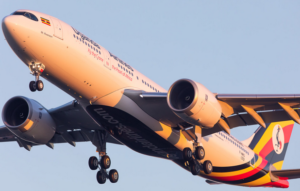 In that very year new routes to Cairo, Cologne and Dubai were launched followed by Kilimanjaro, Nairobi and Dar es Salaam in the subsequent years. By March 1990, the fleet contained one Boeing 707-320C, two Fokker F27-600S, one Lockheed L-100-30, one Twin Otter and one B-N Trislander. A Boeing 737 was leased from Air Zimbabwe in 1994 to serve Bujumbura and Kigali, as well as destinations in South Africa.
In that very year new routes to Cairo, Cologne and Dubai were launched followed by Kilimanjaro, Nairobi and Dar es Salaam in the subsequent years. By March 1990, the fleet contained one Boeing 707-320C, two Fokker F27-600S, one Lockheed L-100-30, one Twin Otter and one B-N Trislander. A Boeing 737 was leased from Air Zimbabwe in 1994 to serve Bujumbura and Kigali, as well as destinations in South Africa.
The return of Uganda Airlines
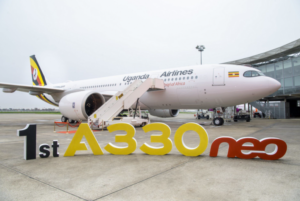 In the late 1990s, the Government of Uganda planned to privatize the debt- ridden Airlines in order to search for an investor. Actually, it was done to keep the company at balance since it was in a decline cash position. Interestingly, at the beginning, numerous firms held an interest in taking over the Uganda Airlines. These included; SA Alliance/SAA, Air Mauritius, British Airways, Johannesburg-based inter Air, Kenya Airways and Sabena.
In the late 1990s, the Government of Uganda planned to privatize the debt- ridden Airlines in order to search for an investor. Actually, it was done to keep the company at balance since it was in a decline cash position. Interestingly, at the beginning, numerous firms held an interest in taking over the Uganda Airlines. These included; SA Alliance/SAA, Air Mauritius, British Airways, Johannesburg-based inter Air, Kenya Airways and Sabena.
In fact, they all appeared to be interested bidders at the start but eventually declined to submit bids, apart from SAA the only bidder who remained by early 1999. SAA would have had a 49% participation in the company, however, dropped its bid after encountering strong legislature opposition. Upon having no offers, the Ugandan Government liquidated the airline in May 2001. Following studies along with wide consultations, the Cabinet of Uganda choose to re-launch the Uganda Airlines. These included six new jets, two of which will be the wide-body, long range A330-800 and the other four being CRJ900 aircraft.
Commercial Operations
On 19th March 2019, according to the company’s chief executive Ephraim Bagenda, 12 pilots and 12 co-pilots (total of 24 cockpit crew) all were Ugandans. In fact, these had completed their training and certification on the CRJ900-ER aircraft. In April 2019, the first two regional jets were expected in Uganda, the third in July 2019 and fourth in September 2019. On 8th April 2019, the scheduled delivery date for the first two jets (5X-EQU and 5X-KOB) were reported on Tuesday 23rd April 2019.
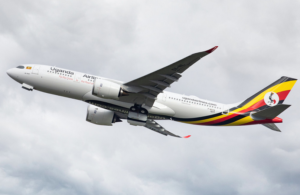 In April 2019, the delivery of the Bombardier CRJ900 was confirmed on 23rd April 2019 and that of the Airbus A330-800 as the first half of 2021. Furthermore, on 2nd August 2019, the airline declared the launch date on 28th August of the same year. Flights included; Dar es Salaam, Juba, Mogadishu, Nairobi, Kilimanjaro, Mombasa and Bujumbura. On 28th August 2019, the Uganda Airlines had its first commercial flight from Entebbe to Jomo Kenyatta International Airport (JKIA) with eight passengers on board.
In April 2019, the delivery of the Bombardier CRJ900 was confirmed on 23rd April 2019 and that of the Airbus A330-800 as the first half of 2021. Furthermore, on 2nd August 2019, the airline declared the launch date on 28th August of the same year. Flights included; Dar es Salaam, Juba, Mogadishu, Nairobi, Kilimanjaro, Mombasa and Bujumbura. On 28th August 2019, the Uganda Airlines had its first commercial flight from Entebbe to Jomo Kenyatta International Airport (JKIA) with eight passengers on board.
 On 13th November 2019, the Uganda Airlines launched the first flight to Kilimanjaro International Airport. This accomplished the first phase of operations to seven routes starting with flights to Jomo Kenyatta International Airport. In addition, on 16th December 2019, Uganda Airlines started regular commercial passenger services to Zanzibar in Tanzania. On 18th December 2020, the Uganda Airlines launched commercial flights to Kinshasa in the Democratic Republic of Congo. As a result, the three times weekly operations shoot up the Airline’s expanding network to ten destinations.
On 13th November 2019, the Uganda Airlines launched the first flight to Kilimanjaro International Airport. This accomplished the first phase of operations to seven routes starting with flights to Jomo Kenyatta International Airport. In addition, on 16th December 2019, Uganda Airlines started regular commercial passenger services to Zanzibar in Tanzania. On 18th December 2020, the Uganda Airlines launched commercial flights to Kinshasa in the Democratic Republic of Congo. As a result, the three times weekly operations shoot up the Airline’s expanding network to ten destinations.
Destinations
Note that; Uganda Airlines flies to about 20 destinations and below are some of them;
- Johannesburg
- Abuja
- Bujumbura
- Entebbe
- Dubai
- Kilimanjaro
- Zanzibar
- Mubai
- Juba
- Lusaka
- Harare
- Nairobi
- Kinshasha
- Dar es Salaam
- Lagos
- Mogadishu
- Mombasa
Fleet
 In February 2019, the first out of the four CRJ900 aircrafts that the Uganda Airlines had ordered, took the first test flight with the livery of the new Airline. On 5 October 2019, the third and fourth CRJ900s, 5X-KDP and 5X-KNP left Montreal then to Canada and landed Uganda on 7 October 2019. Transportation of the first aircraft took place on 21st December 2020. On the same date, Airbus handed over the first of two A330-841s that the airline purchased in 2018. Handed over to a commission of Ugandan government officials, led by General Katumba Wamala, the Ugandan minister of works and transport. A team of Ugandan pilots flew the aircraft, with a registration number 5X-NIL from Toulouse to France. Finally to Entebbe Uganda on the date 22 December 2020 bearing a flight number UR404.
In February 2019, the first out of the four CRJ900 aircrafts that the Uganda Airlines had ordered, took the first test flight with the livery of the new Airline. On 5 October 2019, the third and fourth CRJ900s, 5X-KDP and 5X-KNP left Montreal then to Canada and landed Uganda on 7 October 2019. Transportation of the first aircraft took place on 21st December 2020. On the same date, Airbus handed over the first of two A330-841s that the airline purchased in 2018. Handed over to a commission of Ugandan government officials, led by General Katumba Wamala, the Ugandan minister of works and transport. A team of Ugandan pilots flew the aircraft, with a registration number 5X-NIL from Toulouse to France. Finally to Entebbe Uganda on the date 22 December 2020 bearing a flight number UR404.
Uganda Airlines fleet
| Aircraft | In Fleet | Passengers | |||||
| C | P | Y | Total | ||||
| Airbus A330-800 | 2 | 20 | 28 | 210 | 258 | ||
| Bombardier CRJ900ER | 4 | 12 | _ | 64 | 76 | ||
Total | 6 | ||||||
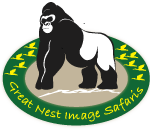
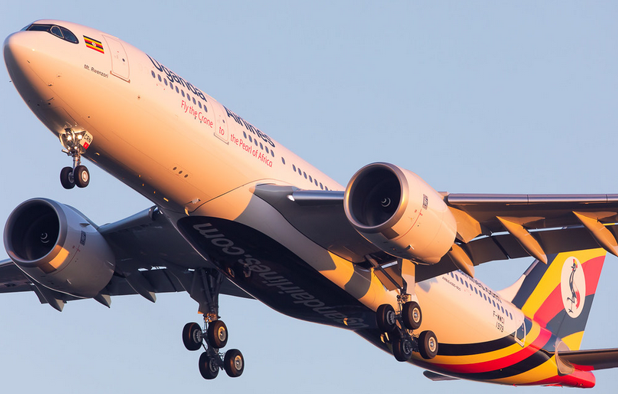
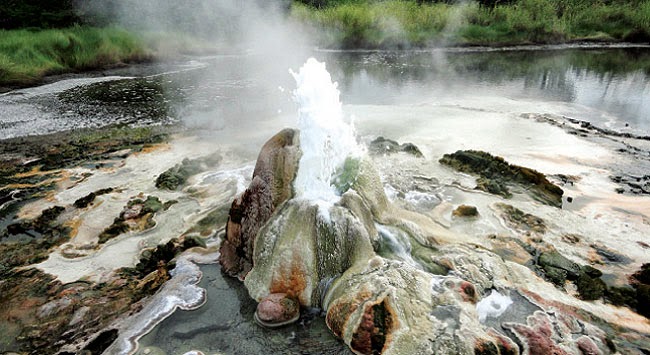
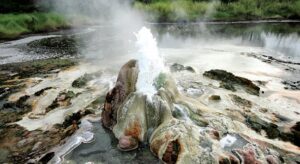 With regards to adventure in
With regards to adventure in 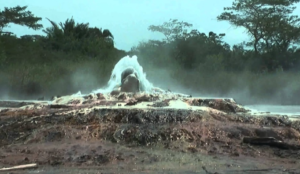 As a result, he fell down and water in the gourd poured leading to his abrupt death. It is therefore believed that his blood and water mixed and then begun boiling and coming out of the rock which was later named Kanangorok. In conclusion, the local legend has it that the hot springs were named after Longorok. Besides, there are breathtaking views of panoramic streams, hills and valleys and serene green vegetation as you approach the springs. In addition, the hot springs also attract tourists, drawing many to experience the phenomenon of this hot spring
As a result, he fell down and water in the gourd poured leading to his abrupt death. It is therefore believed that his blood and water mixed and then begun boiling and coming out of the rock which was later named Kanangorok. In conclusion, the local legend has it that the hot springs were named after Longorok. Besides, there are breathtaking views of panoramic streams, hills and valleys and serene green vegetation as you approach the springs. In addition, the hot springs also attract tourists, drawing many to experience the phenomenon of this hot spring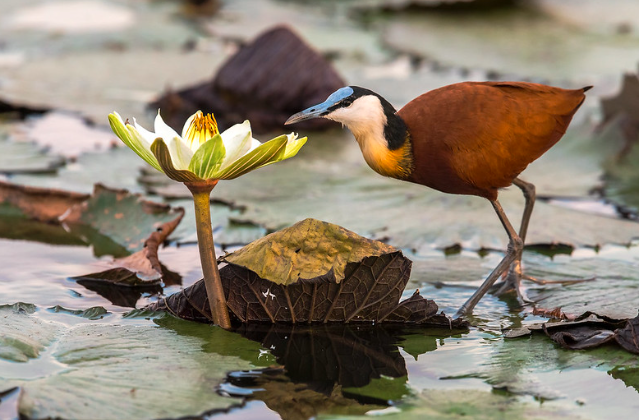
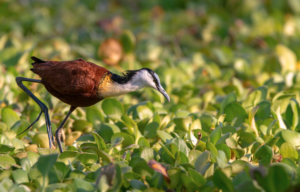 Both adults and juveniles have conspicuous yellow flight feathers that are visible when they raise their wings. The bird’s primary and secondary yellowish-green feathers are visible plus the yellow bony spurs on the leading edge of the wings, used to defend itself and it’s young one. The greenish color of the wing feathers is produced by a pigment called zooprasinin, a copper containing organic compound something rare in birds. The female jacanas are twice as big as the male meaning that males are found to be significantly smaller than females.
Both adults and juveniles have conspicuous yellow flight feathers that are visible when they raise their wings. The bird’s primary and secondary yellowish-green feathers are visible plus the yellow bony spurs on the leading edge of the wings, used to defend itself and it’s young one. The greenish color of the wing feathers is produced by a pigment called zooprasinin, a copper containing organic compound something rare in birds. The female jacanas are twice as big as the male meaning that males are found to be significantly smaller than females.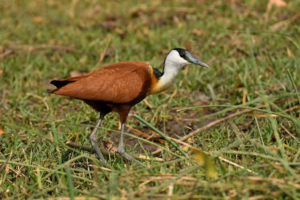 They also forage by walking on top of wetland vegetation, using its incredibly long toes to distribute its weight and stay on top of wetland.
They also forage by walking on top of wetland vegetation, using its incredibly long toes to distribute its weight and stay on top of wetland. 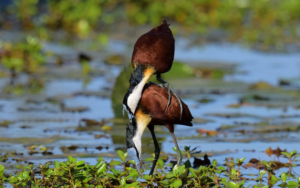 When the female breeds, the male builds platforms that are for solicitation displays, copulation and used as nests as well. In fact, the male may create several nests at different sites and the female may choose one or find a site of her own in the territory. The female or the male may solicit to each other and this behavior leads to copulation. When the female assumes a pre-copulatory position, the male may fly up 10 meters or more before flying back down. It lands on her back or landing alongside and hopping on her back.
When the female breeds, the male builds platforms that are for solicitation displays, copulation and used as nests as well. In fact, the male may create several nests at different sites and the female may choose one or find a site of her own in the territory. The female or the male may solicit to each other and this behavior leads to copulation. When the female assumes a pre-copulatory position, the male may fly up 10 meters or more before flying back down. It lands on her back or landing alongside and hopping on her back.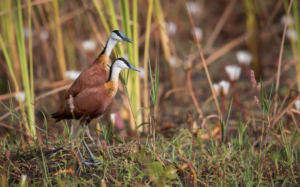 Males are intolerant of intruders in their territory and make calls to the female for help for predator defense. Females respond to each every call the male makes and invests much interest in the safety of the chicks, despite having little interaction with them. The females will then provide the males with a new clutch when the chicks are 12-16 weeks old. Because females may have several mates, some or all of the young that he raises may not be his.
Males are intolerant of intruders in their territory and make calls to the female for help for predator defense. Females respond to each every call the male makes and invests much interest in the safety of the chicks, despite having little interaction with them. The females will then provide the males with a new clutch when the chicks are 12-16 weeks old. Because females may have several mates, some or all of the young that he raises may not be his.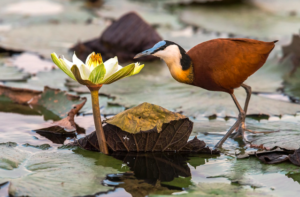 In feeding, these birds compete with birds of a similar diet like the sora. They basically feed on whatever insects they can glean off of aquatic plants and surfaces. Jacanas turn over floating plants using their bills and feet while searching for insects hiding on the under-surface. These birds also nourish on flowers that are opened by purple gallinules. In conclusion, northern jacanas feed on insects, snails, worms, small crabs, mollusks, seeds and ovules of water lilies.
In feeding, these birds compete with birds of a similar diet like the sora. They basically feed on whatever insects they can glean off of aquatic plants and surfaces. Jacanas turn over floating plants using their bills and feet while searching for insects hiding on the under-surface. These birds also nourish on flowers that are opened by purple gallinules. In conclusion, northern jacanas feed on insects, snails, worms, small crabs, mollusks, seeds and ovules of water lilies. 
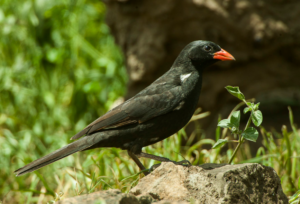 The males have overall black plumage with a red vigorous vermilion bill, brown eyes. They have also got reddish brown feet, white wing tips and front wing edges. The females and the juveniles are pale brown streaky underneath, have paler bills and without white flecks on the wings. Her chin and throat feathers include broad white colored hems. During flight, the bird displays patches of striking white. These birds forage on the ground in small to large groups, often in association with starlings and other birds in search for food.
The males have overall black plumage with a red vigorous vermilion bill, brown eyes. They have also got reddish brown feet, white wing tips and front wing edges. The females and the juveniles are pale brown streaky underneath, have paler bills and without white flecks on the wings. Her chin and throat feathers include broad white colored hems. During flight, the bird displays patches of striking white. These birds forage on the ground in small to large groups, often in association with starlings and other birds in search for food. 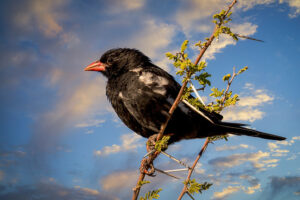 The males build main structures and start lining chambers whilst the female adds further lining before laying. In case humans leave particular areas, the red-billed buffalo weaver immigrate and occupy in the same area. Bateleur eagles and white-backed vultures tend to construct their nests over or above the red-billed buffalo weaver nests. This is helpful in camouflaging or keeping away their nests from Predators. However, their nests can easily be recognized by their improper and messy construction.
The males build main structures and start lining chambers whilst the female adds further lining before laying. In case humans leave particular areas, the red-billed buffalo weaver immigrate and occupy in the same area. Bateleur eagles and white-backed vultures tend to construct their nests over or above the red-billed buffalo weaver nests. This is helpful in camouflaging or keeping away their nests from Predators. However, their nests can easily be recognized by their improper and messy construction. 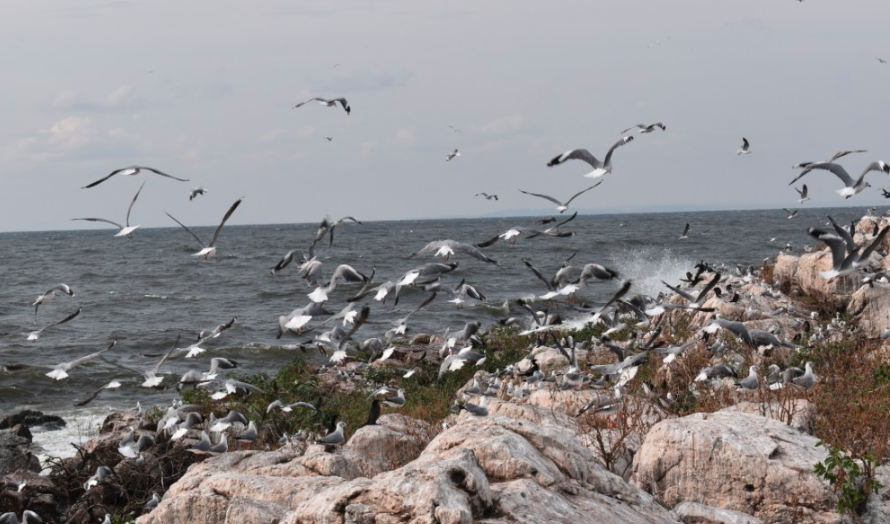
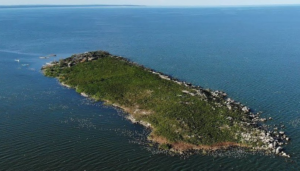 In fact, these traditions have since then been passed onto the generations up-to-date. The early tales prove that once residents had sex while here, this angered the ‘spirit’ which in turn acted brutally. As a result, the lake turned wild, there were storms which washed houses and trees down. Furthermore, it is said that ‘spirit’ Musambwa took possession of the woman who was involved in the sexual act. She started speaking in unusual way and went on and pointed out the man she was involved with. Afterwards, both were chased away from the island following the orders from the meeting of the elders.
In fact, these traditions have since then been passed onto the generations up-to-date. The early tales prove that once residents had sex while here, this angered the ‘spirit’ which in turn acted brutally. As a result, the lake turned wild, there were storms which washed houses and trees down. Furthermore, it is said that ‘spirit’ Musambwa took possession of the woman who was involved in the sexual act. She started speaking in unusual way and went on and pointed out the man she was involved with. Afterwards, both were chased away from the island following the orders from the meeting of the elders. 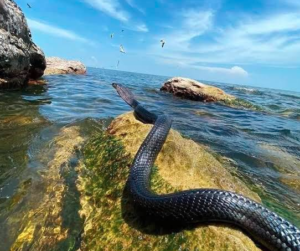 The island is a great place worth an adventure in
The island is a great place worth an adventure in  Bird species here include; Pied kingfisher, Black crake, Grey headed gull, Long tailed cormorants. Pink-backed pelicans, Common moorhen, Greater cormorants, Water thick-knee, Little egrets. African fish eagle, Malachite kingfisher, Common sandpiper, Lesser flamingos, Green-backed heron, Sacred ibis. Hamerkop, Lesser black-backed gull, Spur winged plover, Grey heron, Yellow billed duck, African fish eagle, Squacco heron, etc.
Bird species here include; Pied kingfisher, Black crake, Grey headed gull, Long tailed cormorants. Pink-backed pelicans, Common moorhen, Greater cormorants, Water thick-knee, Little egrets. African fish eagle, Malachite kingfisher, Common sandpiper, Lesser flamingos, Green-backed heron, Sacred ibis. Hamerkop, Lesser black-backed gull, Spur winged plover, Grey heron, Yellow billed duck, African fish eagle, Squacco heron, etc.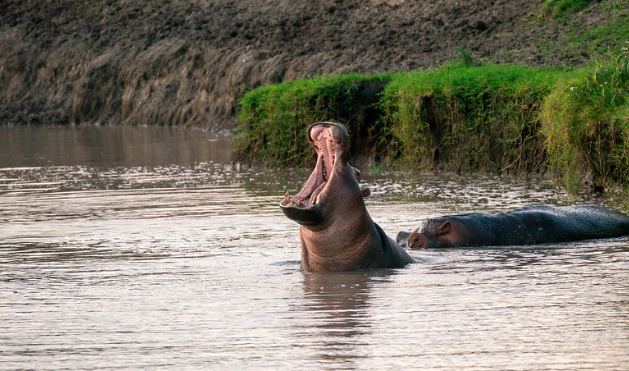
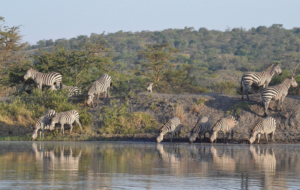 Kigarama on the other hand took caution and climbed up a hill leaving his brother Mburo behind. Later, the dream can true and the area was plagued by floods that swept Mburo and all his property. Kigarama in honor of his brother then named the Lake Mburo that was formed due to the floods. Owing to the wildlife that adorns the lake’s surrounding it was first gazetted in 1933 and later established as a
Kigarama on the other hand took caution and climbed up a hill leaving his brother Mburo behind. Later, the dream can true and the area was plagued by floods that swept Mburo and all his property. Kigarama in honor of his brother then named the Lake Mburo that was formed due to the floods. Owing to the wildlife that adorns the lake’s surrounding it was first gazetted in 1933 and later established as a 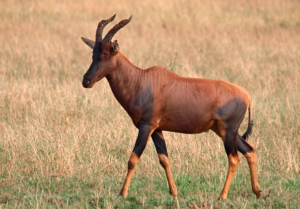 These are mostly enjoyed at night since this is when most of animals are looking for a cozy spot to retire for the night. An experienced arm ranger of course will go on along with you during these drives for guidance and protection. Enjoy the park on wheels as you get a glimpse of the different mammal species in the park. Some of these include; the warthogs, hyenas, buffaloes, bushbucks, impalas, elands, zebras, oribis, Topis, etc.
These are mostly enjoyed at night since this is when most of animals are looking for a cozy spot to retire for the night. An experienced arm ranger of course will go on along with you during these drives for guidance and protection. Enjoy the park on wheels as you get a glimpse of the different mammal species in the park. Some of these include; the warthogs, hyenas, buffaloes, bushbucks, impalas, elands, zebras, oribis, Topis, etc.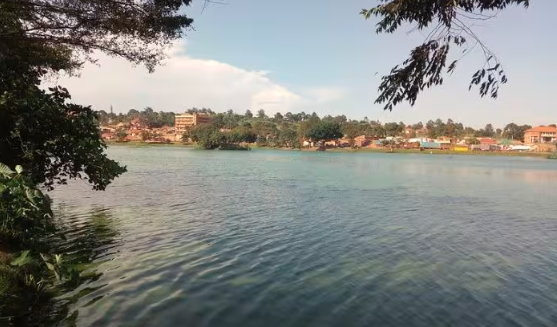
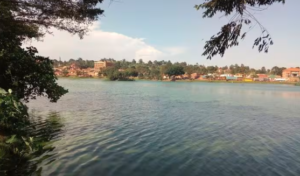 The Kabaka was a rather callous and notorious king; he wanted to be the only leader the civilians followed.
The Kabaka was a rather callous and notorious king; he wanted to be the only leader the civilians followed. 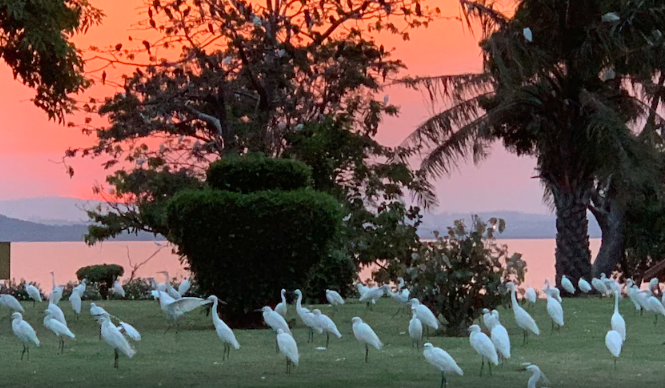
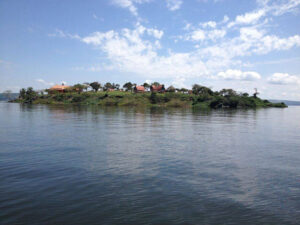 The island is of peace, tranquility and serenity, not only does it offer perfect accommodation for both business and leisure discerning travelers but also a great place for a honeymoon getaway and a birder’s paradise. With a boat ride of nearly 20 minutes from the
The island is of peace, tranquility and serenity, not only does it offer perfect accommodation for both business and leisure discerning travelers but also a great place for a honeymoon getaway and a birder’s paradise. With a boat ride of nearly 20 minutes from the 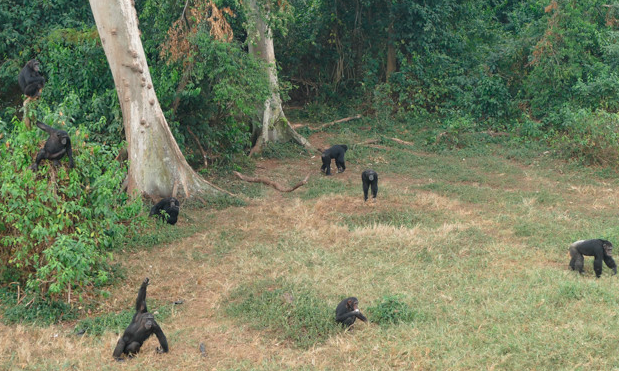
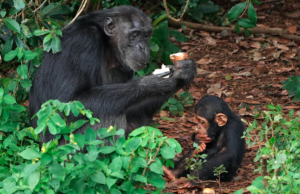 Ngamba Island is 100 acres (40 ha) of the rainforest hosting over 49 orphaned chimpanzees surrounded by the peaceful waters of Lake Victoria. The Island also offers an excellent secondary forest that provides habitat for the chimpanzees and other wildlife species. These include; fish eagles, spiders, otters, fruit bats, monitor lizards, not to mention but a few. The Island harbors a wide variety of natural wildlife and provides a diversity of natural foods for the chimpanzees.
Ngamba Island is 100 acres (40 ha) of the rainforest hosting over 49 orphaned chimpanzees surrounded by the peaceful waters of Lake Victoria. The Island also offers an excellent secondary forest that provides habitat for the chimpanzees and other wildlife species. These include; fish eagles, spiders, otters, fruit bats, monitor lizards, not to mention but a few. The Island harbors a wide variety of natural wildlife and provides a diversity of natural foods for the chimpanzees. 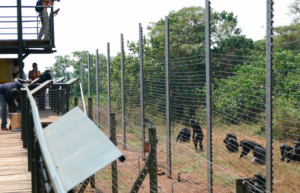 Here, you will get an exciting opportunity to not only view the
Here, you will get an exciting opportunity to not only view the 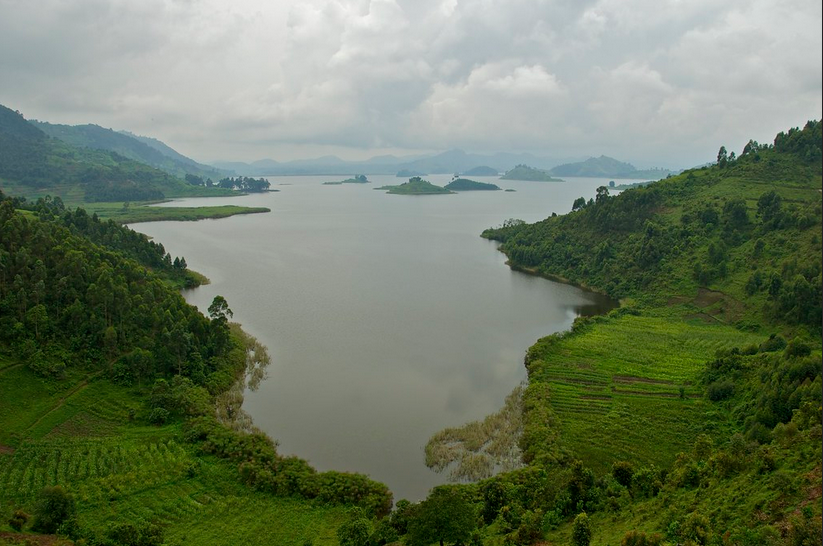
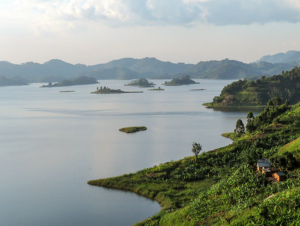 The environment on the Islands within the lake and surrounding country side includes both forest and wetland habitats. They basically provide a haven for the endangered Mountain Gorillas and the
The environment on the Islands within the lake and surrounding country side includes both forest and wetland habitats. They basically provide a haven for the endangered Mountain Gorillas and the 




